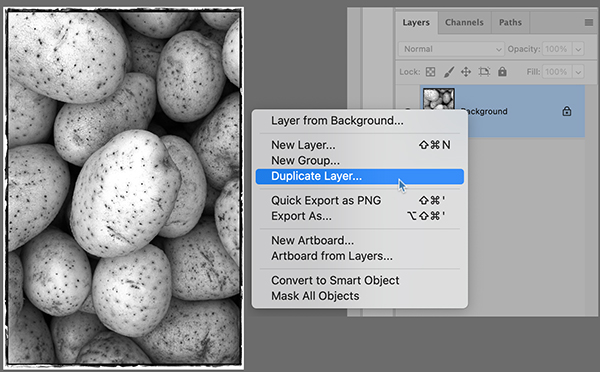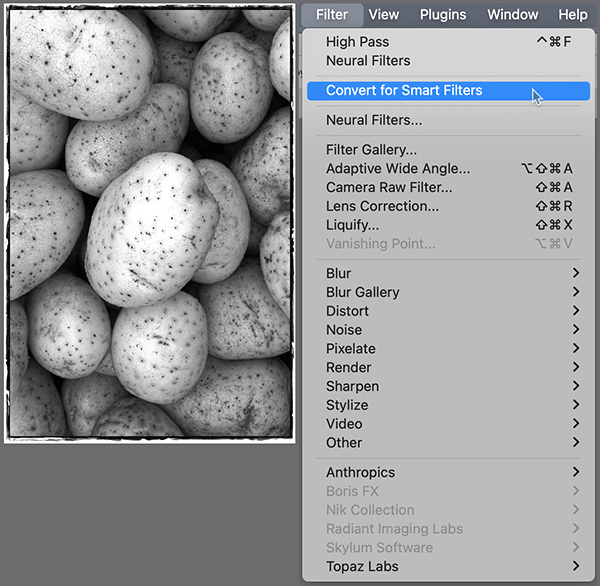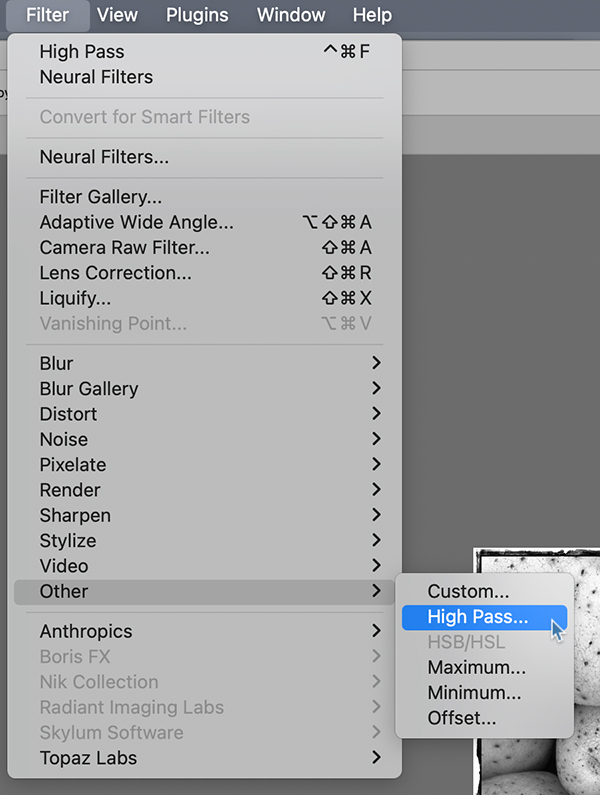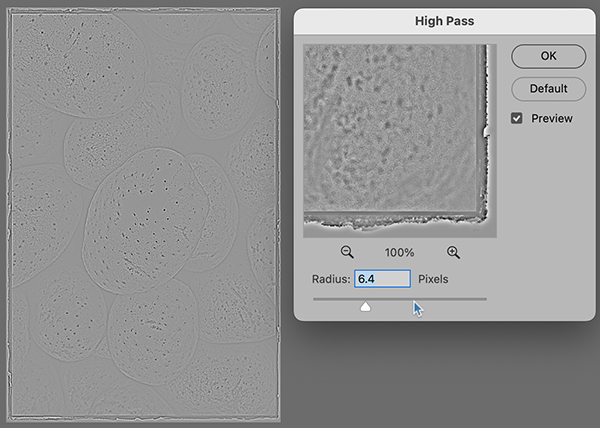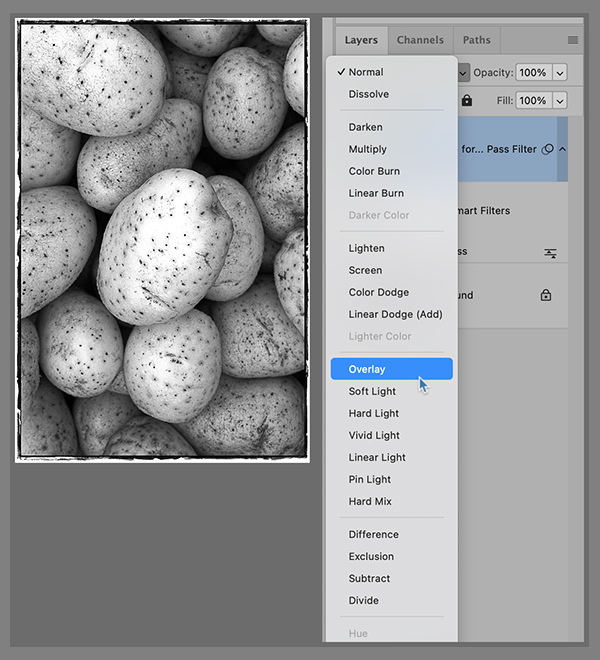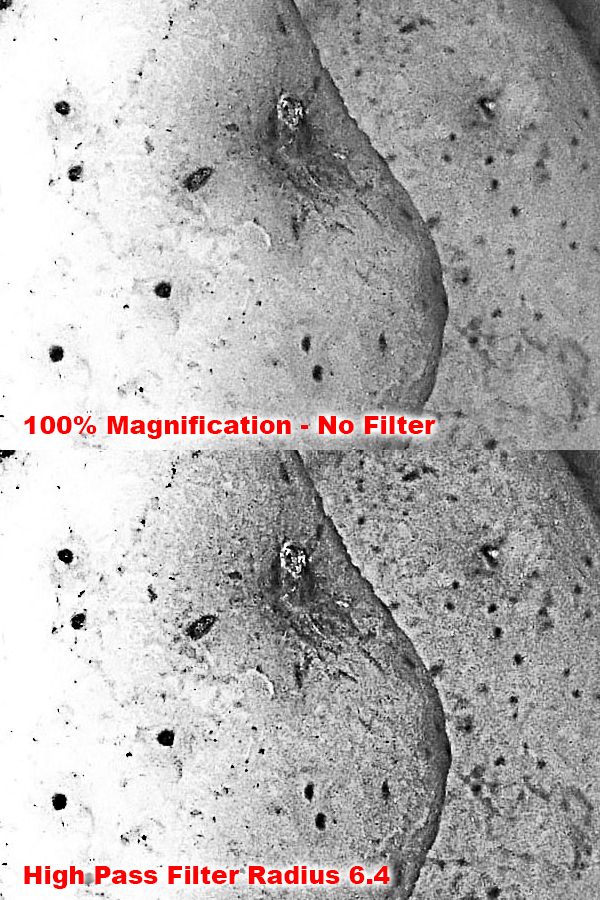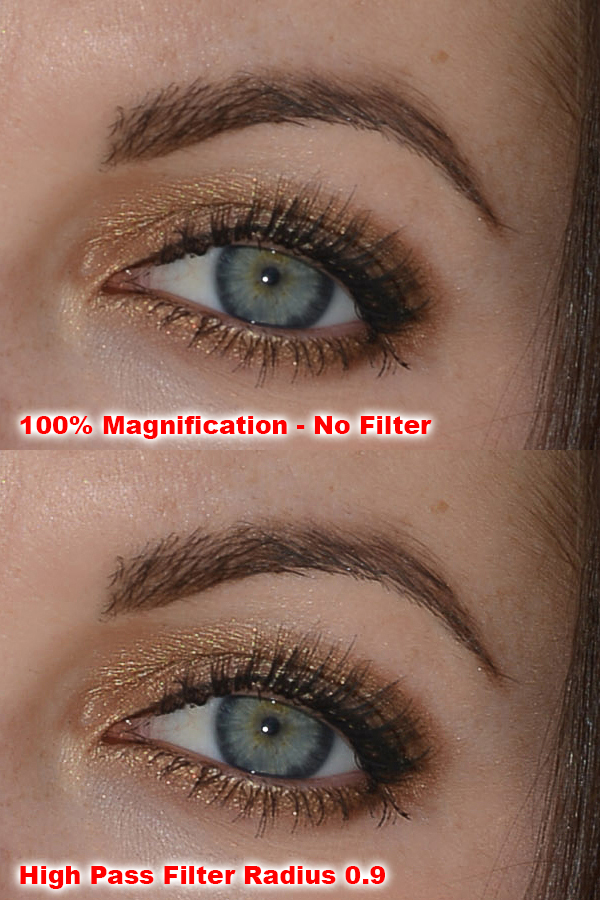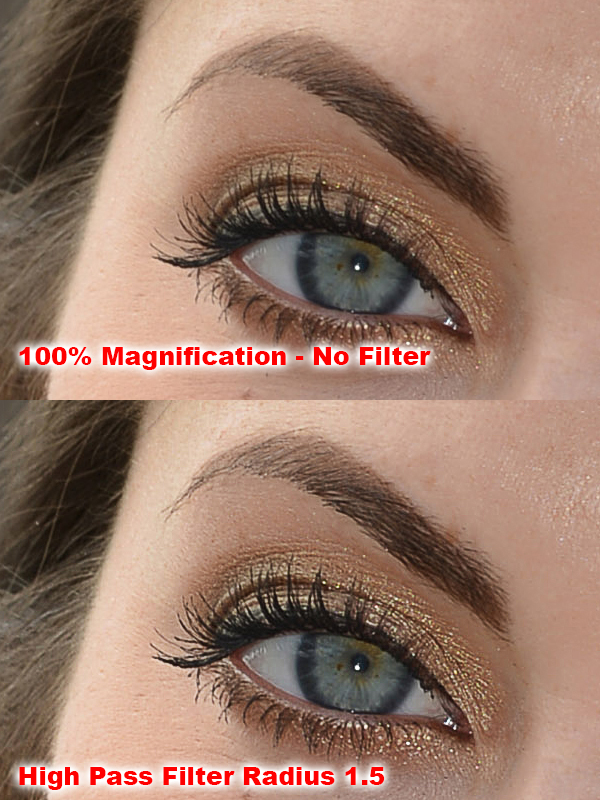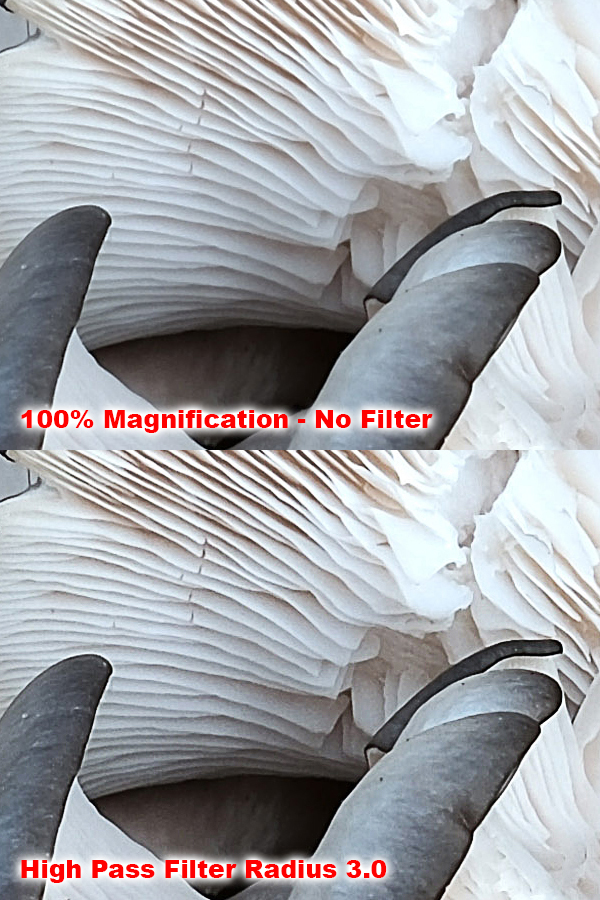Why the Rules of Thirds is Bad Advice: Do This Instead (VIDEO)
When first starting out we all faced a barrage of so-called “Rules of Photography” that supposedly would set us on the path for success. But as our skills evolved it became apparent that some of these rules we’re meant to be ignored.
Near of top of this list of conventional “wisdom” was the Rule of Thirds—still considered by many shooters to be the Holy Grail of photographic composition. In this tutorial, however, you’ll learn why one pro adamantly disagrees, and he insists that this particular rule is “really bad advice.”
Instructor Leander Hoefler is a very accomplished photographer who specializes in outdoor and travel imagery. He admits that the Rule of Thirds can be helpful in certain situations but says that it can often lead you astray and be detrimental to the images you create. He demonstrates how understanding and employing the the concept of “visual balance” is typically a far better way to frame up your shots.

As Hoefler says, “what you include, what you exclude, and how you position elements in the frame is ultimately the skill that separates a photographer from someone who’s just taking a picture.” He briefly describes the Rule of Third (in case you’ve been living in a cave), and then he provides three examples when it’s effective, and three others where the rule definitely falls short.
Hoefler also debunks the common notion that you should never place a key subject in the middle of the frame. The second half of today’s lesson is devoted to his technique for creating visual balance, the approach Hoefler uses more often than not. He recommends that you trust your artistic vision—and compose images in a way “that feels harmonious to your eye.”
Sometimes this means placing a subject in the middle of the frame which tends to create balanced images with a serene look. In other instances he’s motivated by establishing visual weight” when deciding upon a composition.

Here’s how Hoefler describes the latter approach: “If you push the subject to one side without anything to draw attention to the opposite side, the image becomes imbalanced and it’s important to reframe so there are multiple points of interest within the frame.” You’ll also see how the size and brightness of an element contributes to its visual weight.
The video concludes with a few more examples of Hoefler’s approach to effective composition. His interesting YouTube channel is well worth a look whether you’re a beginner or a more experienced shooter.
We also recommend within a tutorial we featured earlier from another pro who explains why mastering one essential camera setting is an absolute must if your goal is capturing creative photographs that demand attention.


